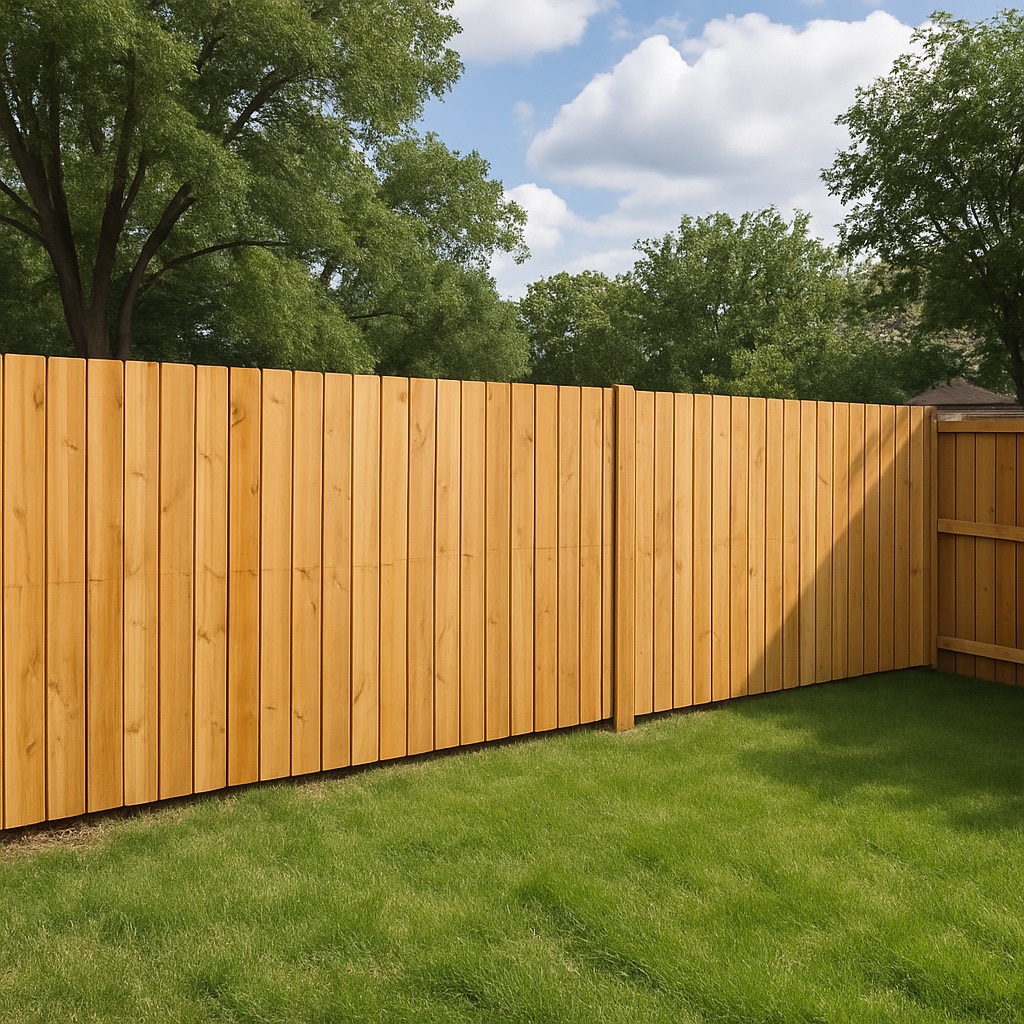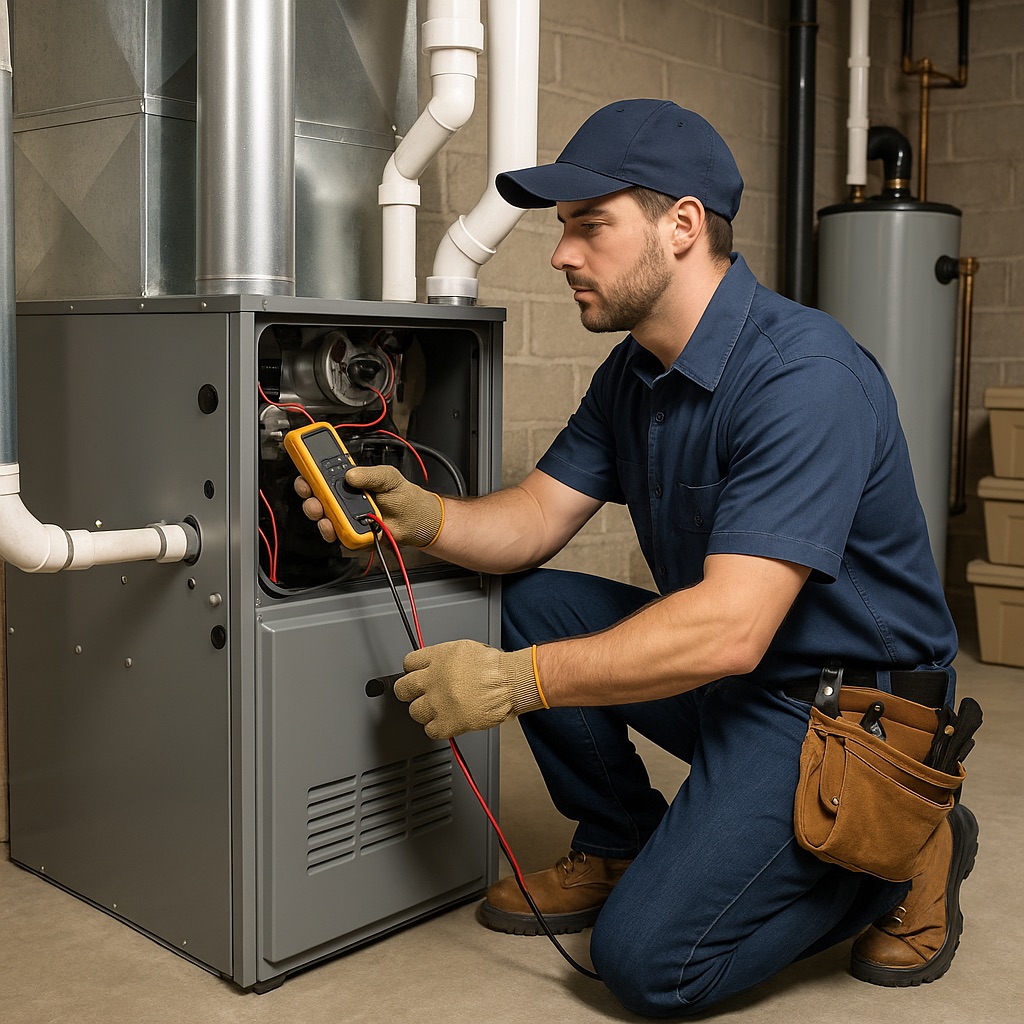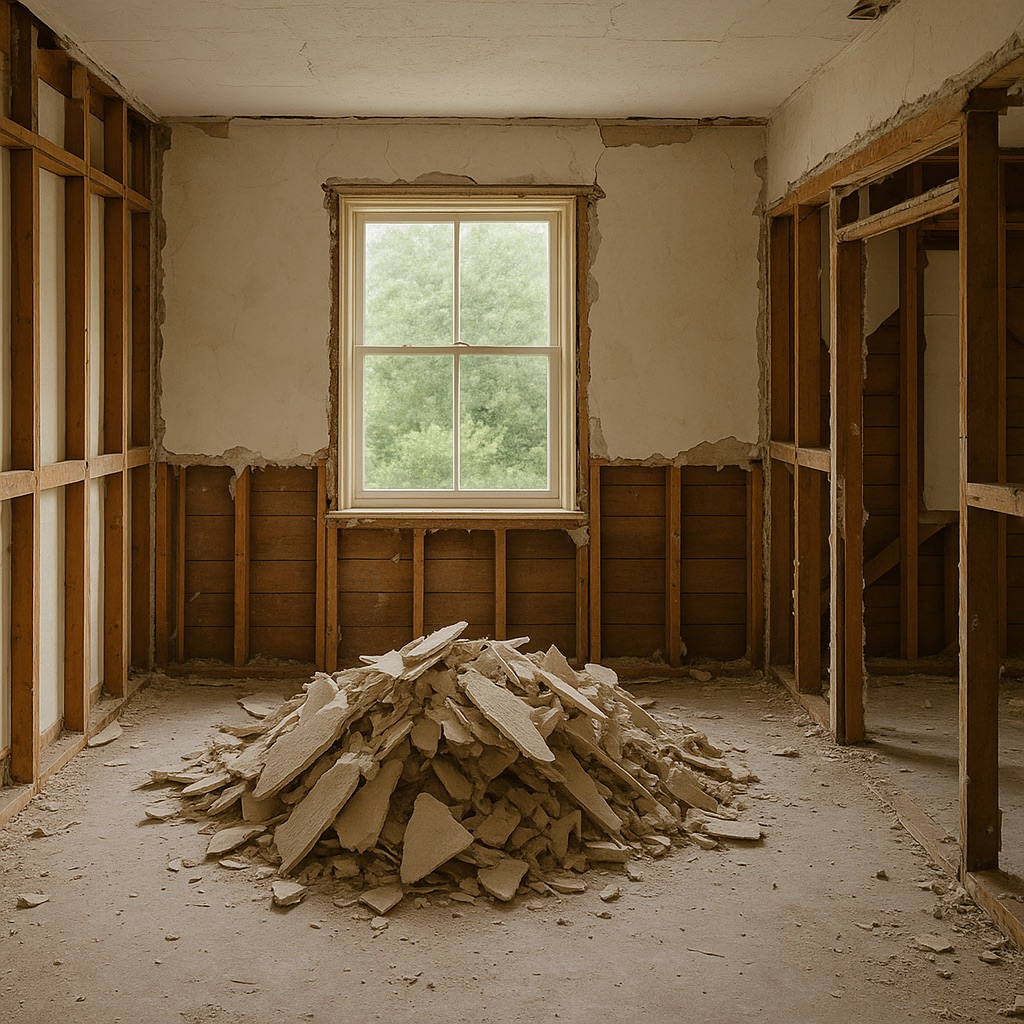Last updated on
You wouldn’t secure a garden shed the same way you’d protect a warehouse. So why would security fencing be one-size-fits-all?
The needs of homeowners and businesses might overlap in some places, but when it comes to fencing, the priorities, design considerations, and legal factors can be worlds apart. Understanding those differences is the key to choosing the right solution – one that doesn’t just look the part but does the job properly.
Let’s break down what really sets the two apart.
Table of Contents
What’s the Fence Actually There For?

At a glance, both types of fencing are about safety. But dig a little deeper, and the purpose starts to split. Of course, no two projects are ever the same, irrespective of whether they’re residential or commercial, and experts like C&W Fencing will construct a fence that’s right for your needs. But it still helps to understand key differences.
For homeowners, fencing is often about creating boundaries and keeping unwanted visitors out, but it’s also just as much about privacy, aesthetics, and pet or child safety. The fence becomes part of the home, something you look at every day. So, looks matter. It can’t feel too harsh or industrial.
Business fencing is all about function. The fence isn’t there to blend in. It’s there to control access, deter intruders, protect stock or equipment, and comply with regulations. In high-risk environments, it’s expected to do all of that 24/7, regardless of appearance.
The Threat Level is Completely Different
Let’s be honest. Most residential areas don’t face the same risks as an industrial estate or warehouse site.
Homeowners usually deal with low-level security concerns. Opportunistic trespassers, nosy neighbours, or the odd stray animal. Fencing is a deterrent, but it’s rare for a determined intruder to target a suburban home just because of the fence.
For businesses, the risk is higher. They’re often holding valuable equipment, materials, or sensitive information. Some might even face specific threats like vandalism, theft, or sabotage. So, fencing in those situations isn’t just a boundary; it’s the first line of defence in a layered security approach.
Style vs Strength
Residential fencing leans towards the decorative. Wood panels, pickets, and even ornamental metal designs are common in homes because they look good and blend into the overall design of a garden or exterior.
Strength does matter, but homeowners are usually balancing it with appearance. A fence that looks like a prison perimeter just doesn’t feel welcoming.
Commercial fencing tends to be more rugged. Think steel palisade, mesh panels, or welded wire – materials that don’t bend easily and can’t be climbed without effort. Visual appeal isn’t a top concern. It’s about function over form. If it stops someone getting in, it’s doing its job.
Height and Visibility
Fencing height rules vary, but generally:
- Residential fences are shorter, especially at the front of a property. Most councils have restrictions on how high a fence can be without planning permission.
- Business fencing is often much taller. This is both a physical and psychological barrier. Taller fences are harder to scale and give a clear message: no access.
Then there’s visibility. Many homeowners prefer solid fences that block sightlines and create a private outdoor space. You don’t want everyone walking past to see into your garden.
However, in commercial settings, visibility is often a benefit. High-security fencing might be see-through to allow cameras and security teams a clear view of what’s happening on both sides of the perimeter. If someone’s up to no good, you want eyes on them immediately.
Legal and Regulatory Requirements
This is where things get serious. Businesses often have legal obligations when it comes to fencing, especially in industries dealing with hazardous materials, data protection, or high-value goods. Regulations can dictate the type of fencing, its height, and any safety features it must include.
For homeowners, legal issues are more about boundaries and planning permission. You might need approval if your fence is near a road and over a certain height. But it’s rare for a home fence to be subject to intense scrutiny unless it causes a neighbour dispute or breaks local rules.
Installation and Maintenance Costs
Budget plays a role too. Home fencing is usually a one-time job. Once it’s up, a bit of staining or the occasional panel replacement keeps it going for years. It’s a manageable cost and can even add to a home’s value.
Business fencing, especially high-security installations, is a bigger investment. And it doesn’t stop at installation. There’s often a need for ongoing inspections, repairs, and upgrades, especially if the site evolves or if risk levels change.
It’s not unusual for business fences to integrate things like motion sensors, barbed tops, or anti-climb paint, all of which add to cost and complexity.
Who’s Responsible for What?
This one’s often overlooked. In a residential setting, fencing responsibility can fall into grey areas, especially along property lines. Is it yours, your neighbour’s, or shared? Sorting this out can lead to some awkward chats or even legal headaches.
In a business setting, it’s usually much more straightforward. The company owns the site, sets the boundaries, and bears full responsibility for compliance and upkeep. There’s less room for debate.
Access Points and Control
Gates are a key part of fencing, and this is another spot where things split. Residential gates are designed for ease and convenience. Maybe a side gate for bin access, or a driveway gate that’s manually operated. Security isn’t the only factor – it’s also about daily use.
Business gates are built with access control in mind. That might mean automatic systems, badge entry, vehicle barriers, or intercoms. It’s not just about who can open the gate, but when, and how that entry is tracked.
One Fence Doesn’t Fit All
Choosing fencing isn’t just a practical decision. It says something about the space, what it’s for, and what level of protection it needs. Trying to apply the same rules to a private garden and a logistics centre doesn’t work. The goals are different. The risks are different. The way people interact with the space is different.
What works for one won’t always work for the other.
So, if you’re trying to figure out what type of fencing makes sense, start by asking the right questions. Not just “What looks good?” or “What’s the cheapest?” but: What are you protecting? From what? And how secure does it really need to be?
Answer those honestly, and the right choice starts to become pretty clear.




